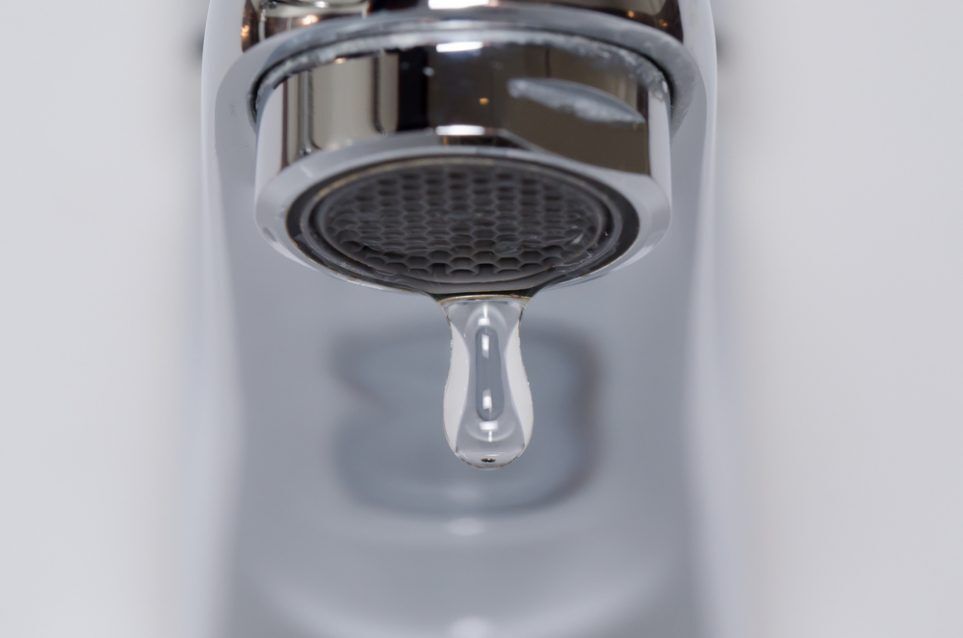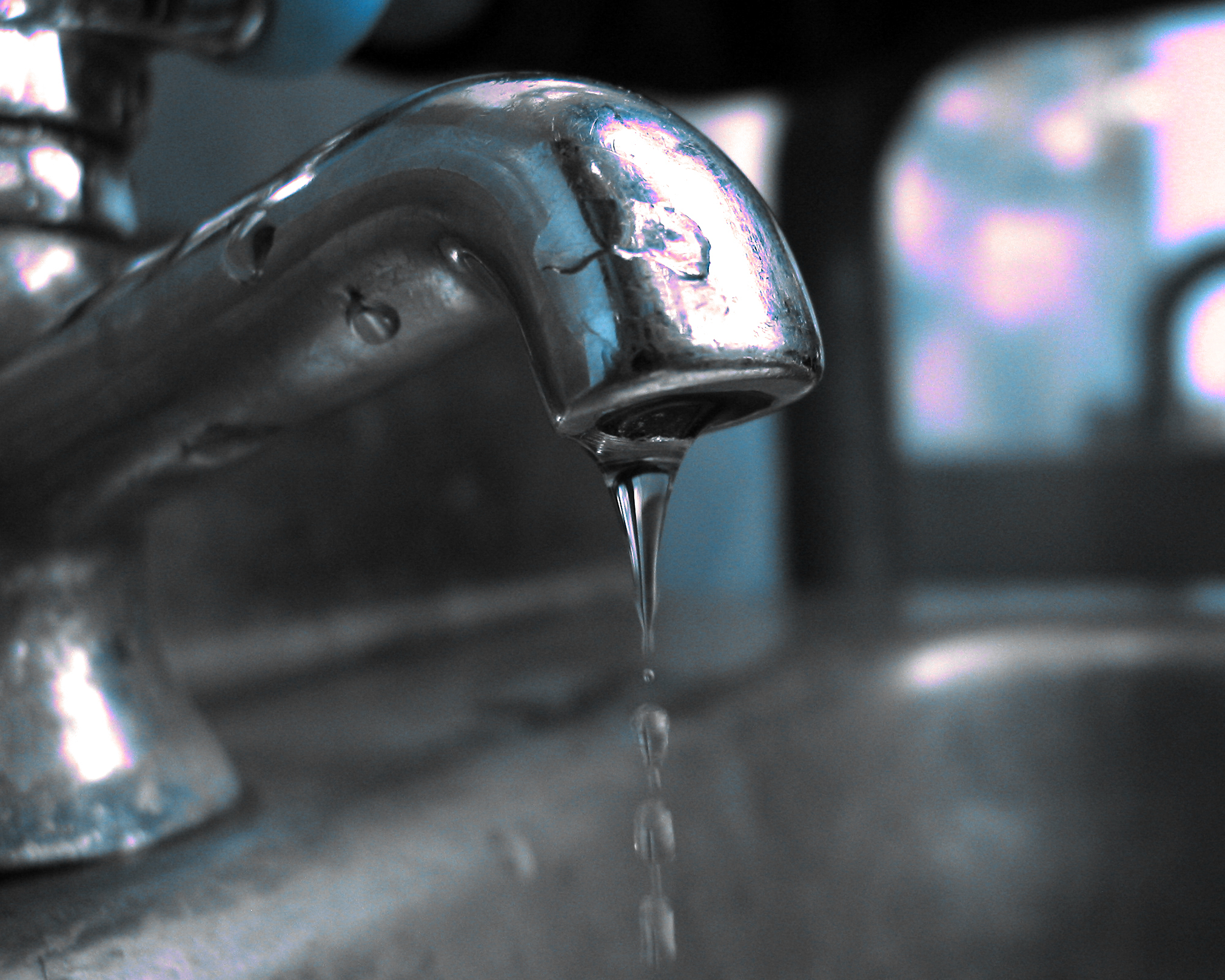We've uncovered the article on Why Is It Important To Fix Your Leaking Tap/Faucet? down the page on the net and accepted it made sense to write about it with you on this page.

Leaking faucets might seem like a small trouble, but their influence exceeds simply the inconvenience of the audio. From drainage to sustaining unneeded monetary prices and health and wellness threats, disregarding a leaking tap can result in numerous repercussions. In this article, we'll look into why it's critical to address this usual home problem quickly and properly.
Wastage of Water
Environmental Influence
Trickling faucets contribute dramatically to water wastefulness. According to the Environmental Protection Agency (EPA), a single faucet dripping at one drip per second can lose greater than 3,000 gallons of water each year. This not just pressures water sources yet additionally affects ecological communities and wild animals depending on them.
Step-by-Step Overview to Taking Care Of a Dripping Faucet
Tools Required
Prior to trying to take care of a trickling tap, collect the needed tools, including an adjustable wrench, screwdrivers, replacement parts (such as washing machines or cartridges), and plumber's tape.
Typical Faucet Issues and Their Solutions
Identify the sort of faucet and the specific concern triggering the drip. Common problems consist of worn-out washing machines, corroded shutoff seats, or malfunctioning O-rings. Refer to manufacturer guidelines or on the internet tutorials for detailed support on repairs.
Financial Prices
Raised Water Expenses
Beyond the environmental effect, trickling faucets can inflate water costs considerably. The collected waste over time translates into higher energy expenditures, which could have been avoided with prompt repair services.
Prospective Property Damage
Additionally, long term dripping can lead to harm to fixtures and surfaces surrounding the faucet. Water build-up can cause discoloration, rust, and also architectural issues if left unattended, leading to added fixing costs.
Health Problems
Mold And Mildew and Mold Development
The constant presence of wetness from a leaking faucet develops an ideal setting for mold and mildew and mold development. These fungi not only endanger indoor air quality but also pose health and wellness dangers, especially for individuals with respiratory conditions or allergic reactions.
Waterborne Conditions
Stationary water in leaking taps can come to be a breeding ground for bacteria and various other pathogens, raising the danger of waterborne conditions. Contaminants such as Legionella germs prosper in stationary water, possibly bring about significant illnesses when consumed or breathed in.
DIY vs. Specialist Repair
Advantages and disadvantages of Do It Yourself Repair Service
While some may try to deal with a trickling tap themselves, DIY repair services come with their very own collection of difficulties. Without correct knowledge and tools, DIY attempts can aggravate the issue or cause insufficient repair work, prolonging the problem.
Benefits of Working With a Specialist Plumber
Hiring a specialist plumber makes certain that the underlying source of the leaking tap is resolved properly. Plumbing technicians possess the expertise and equipment to diagnose and repair tap issues successfully, saving time and minimizing the danger of additional damage.
Ecological Obligation
Specific Contribution to Conservation
Taking obligation for taking care of trickling faucets lines up with wider efforts toward water preservation and environmental sustainability. Every person's activities collectively make a significant influence on preserving valuable sources.
Lasting Living Practices
By focusing on timely repair work and taking on water-saving routines, individuals contribute to lasting living methods that benefit both existing and future generations.
Safety nets
Normal Upkeep Tips
To prevent dripping faucets, do regular upkeep such as cleansing aerators, evaluating for leaks, and changing damaged parts promptly. Furthermore, take into consideration installing water-saving gadgets or updating to more reliable components.
Importance of Prompt Repairs
Dealing with dripping faucets as soon as they're noticed avoids further water wastage and potential damages, inevitably saving both water and money over time.
Influence On Residential Or Commercial Property Worth
Assumption of Well-Maintained Home
Keeping a home in good condition, including dealing with upkeep concerns like leaking taps, boosts its perceived value and charm amongst possible purchasers or lessees.
Impact on Resale Value
Residences with properly maintained plumbing components, consisting of taps, command greater resale values in the realty market. Attending to trickling taps can add to a favorable impression during residential property examinations and negotiations.
Conclusion
Dealing with a leaking tap surpasses mere convenience; it's a necessary action towards conserving water, decreasing monetary expenses, and safeguarding health and residential property. Whether via DIY repair services or specialist assistance, acting to take care of trickling taps is a small yet impactful means to advertise responsible stewardship of resources and contribute to a healthier, a lot more lasting future.
How to Fix a Leaky Faucet: Step-by-Step Repair Guide
A leaky faucet may seem like a simple annoyance, but if it's not fixed promptly, that leak could cost hundreds to potentially thousands. From water damage to mold, mildew, and high water bills, even a tiny leak can be catastrophic if left unattended. Damage like this can even affect the overall value of your home, so it's important to take the right approach for leaky faucet repair. You may need the help of a plumber in some cases, but we've got a few tips you can try on how to fix a leaky faucet before calling the pros.
Four Faucet Types
When you're learning how to fix a leaky faucet, the first step is knowing what kind of faucet you're working with! There are four common types.
Cartridge Faucets
Cartridge faucets come in one- or two-handled varieties. In one-handled cartridge faucets, hot and cold water combines in a single cartridge. In the two-handled versions, hot and cold water are controlled separately and mixed in the faucet.
Ball Faucets
Ball faucets have a single lever you push up and down to adjust the pressure and rotate to change the temperature. A slotted metal ball controls the amount of water allowed into the spout.
Compression Washer Faucets
They're the oldest type of faucet, but they're still used in many homes — especially older ones. Compression faucets have two separate handles that, when turned, raise or lower the washer that seals a water valve. This valve stops water from flowing through the faucet when it is turned off.
Disc Faucets
Disc faucets rarely need to be repaired due to their maintenance-free design. The water flow is controlled by two discs — the upper one raises and lowers against a fixed lower disc, creating a watertight seal. If your disc faucet starts leaking, you may need to replace the seals or clean residue buildup from the inlets.
Fixing a Leaky Faucet
Step 1: Turn Off the Water
Whether you're learning how to fix a leaky bathtub faucet or how to fix a leaky kitchen faucet, always turn off the water supply to your working area when you're fixing a leak. The last thing you want is a flood added to your list of things to fix.
Look for the shutoff valves below your sink or around the tub and turn them clockwise to stop the water flow. If your faucet doesn't have shutoff valves, you may need to turn off the water for the whole house. Check to make sure it's off by turning the faucet on. If nothing comes out, you're ready to start the repair.
Step 2: Take Apart the Faucet
How you disassemble your faucet depends on the type of fixture you have. You can use a flathead screwdriver to remove the caps on top of the handle or handles for cartridge and compression faucets. Inside, you should see handle screws. Unscrew these with a screwdriver to remove the handle.
Disc- and ball-style faucets will typically have an inlet screw near the handle, and removing that will reveal the interior of the faucet.
Detach the Valve Stem
For cartridge- and compression-style faucets, you'll see the inner valve stem or cartridge once you remove the faucet handles. If you have a compression faucet, unscrew the brass valve stem. If you have a cartridge faucet, pull out the cartridge. If your cartridge has been in place for a while, it may require some tools or extra force to remove it due to mineral deposits.
Examine and Replace Parts
Once you've removed the parts, check them out to confirm what needs to be replaced. You may see corroded rubber washers, O-rings, stems, or cartridges. On a ball-style faucet, check the seats and springs for damage.
If you need to repair a leaky disc faucet, check the inlet and seals on the lower disc.
Once you determine what parts must be replaced, visit your local hardware store. Bring the damaged parts with you to ensure you can purchase the correct components to replace them.
Clean Valves and Faucet Cavity
If you've removed a stem or cartridge, you may notice mineral buildup in the faucet's threads. Use white vinegar to clean the valve seat by soaking it for a few minutes, then scrub it away with a soft toothbrush and rinse with warm water. You can also clean the interior of the faucet in the same way.
Reassemble the Faucet
Once your faucet is cleaned and the required parts have been replaced, it's time to reassemble it. Put the pieces back together and slowly turn the water supply back on. Doing this slowly is crucial because too much initial water pressure can damage the new hardware you've just installed.
https://homewarranty.firstam.com/blog/how-to-fix-leaky-faucet

We hope you liked our topic on Leaky Faucets: Why They Happen & What to Do About Them. Many thanks for taking time to read through our piece of content. Enjoyed reading our write up? Please share it. Help someone else discover it. Many thanks for being here. Return soon.